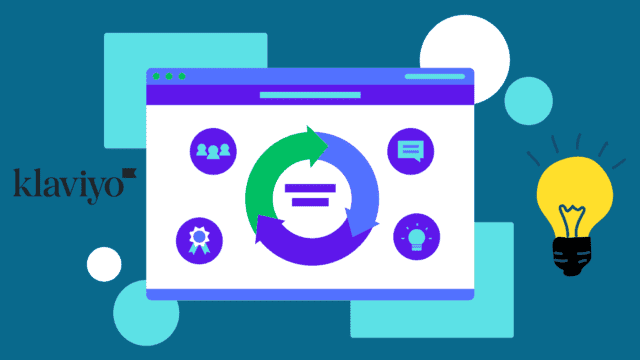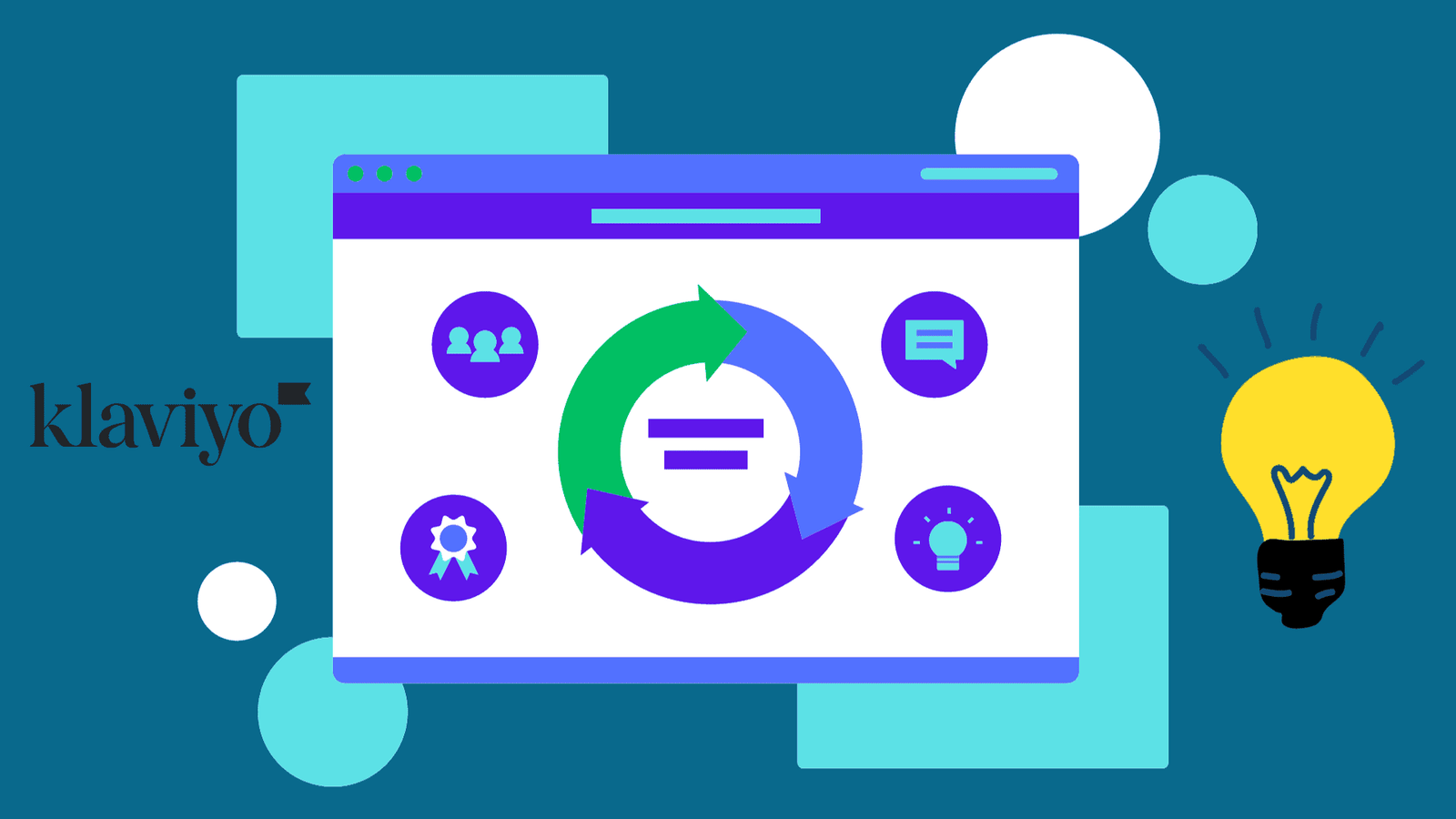Discover how to use Klaviyo segmentation to boost your email campaigns & deliver tailored, relevant messages to your audiences. Learn more here.
A Step-by-Step Guide to Klaviyo Segmentation
Segmentation is a crucial aspect of email marketing as it allows you to tailor your message to specific groups of recipients. Klaviyo, a popular email marketing platform, provides a robust segmentation feature that enables you to divide your audience into smaller, targeted groups. Also, the Power of Geographic Segmentation in Marketing. In this step-by-step guide, we will explore how to effectively use Klaviyo’s segmentation feature to maximize your email marketing campaigns.

Step 1: Understanding Klaviyo Segmentation
Before we dive into the technical details, let’s briefly understand what Klaviyo segmentation is all about. Klaviyo allows you to create segments based on different criteria such as demographics, purchase history, browsing behavior, and more. By segmenting your audience, you can send personalized and relevant emails that resonate with each recipient, leading to higher engagement and conversions.
Step 2: Define Your Segmentation Strategy
To start using Klaviyo segmentation, you first need to define your segmentation strategy. Ask yourself the following questions:
- Who is your target audience?
- What are their common characteristics or behaviors?
- What specific messaging or offers will resonate with each segment?
By answering these questions, you can determine the different segments you want to create in Klaviyo.
Step 3: Collect Data
To effectively segment your audience, you need to collect the right data. Klaviyo integrates with popular e-commerce platforms like Shopify, Magento, and WooCommerce, allowing you to capture important customer data automatically.
Additionally, you can leverage Klaviyo’s on-site tracking capabilities to gather information about your visitors’ browsing behavior, such as products viewed, categories explored, or items added to the cart.
Step 4: Create Segments in Klaviyo
Once you have defined your segments and collected the necessary data, it’s time to create segments in Klaviyo. Here’s how:
- Log in to your Klaviyo account and navigate to the “Lists & Segments” tab.
- Click on the “Create List/Segment” button.
- Choose “Segment” from the options.
- Name your segment and define the criteria for segmentation. For example, you can select specific attributes like gender, location, or purchase history.
- Save your segment.
Repeat this process for each segment you want to create.
Step 5: Test and Refine
After creating your segments, it’s important to test and refine your approach. Monitor the performance of your segmented email campaigns and analyze the results. Pay attention to open rates, click-through rates, and conversion rates for each segment. This data will help you understand which segments are responding positively to your messaging and which ones need further refinement.
Step 6: Automate and Personalize
Klaviyo allows you to set up automated email flows based on specific triggers and actions. Utilize this feature to further personalize your communication with each segment. For example, you can send a personalized welcome email to new subscribers or trigger a follow-up email for abandoned cart recovery. By automating your campaigns, you can save time and provide a more tailored experience for your audience.
Advantages of Klaviyo Segmentation:
- Increased Relevance: Klaviyo segmentation allows you to send targeted emails to specific groups of recipients. By tailoring your messages based on their demographics, behaviors, or purchase history, you can ensure that your emails are highly relevant to each segment. This increases the likelihood of engagement and conversions.
- Improved Engagement: When recipients receive emails that resonate with their interests and preferences, they are more likely to interact with the content and take desired actions. Klaviyo segmentation helps you deliver personalized messages that capture the attention of your audience, leading to higher engagement rates.
- Higher Conversion Rates: By sending highly tailored emails, Klaviyo segmentation enables you to deliver the right message at the right time. This increases the chances of driving conversions, whether it’s making a purchase, subscribing to a service, or completing a desired action. Segmented campaigns have been shown to have higher conversion rates compared to non-segmented ones.
- Better Customer Retention: Personalized emails that address the specific needs and interests of your audience can help build stronger relationships with your customers. Klaviyo segmentation allows you to nurture these relationships by sending relevant content and offers, leading to improved customer retention over time.
Disadvantages of Klaviyo Segmentation:
- Data Collection and Management: To effectively segment your audience, you need to collect and manage the right data. This can be challenging, especially if you have multiple data sources or incomplete customer profiles. Ensuring accurate and up-to-date data can be time-consuming and may require integrating your e-commerce platforms or using Klaviyo’s on-site tracking capabilities.
- Segmentation Complexity: Creating and managing segments in Klaviyo may require some technical knowledge and expertise. Determining the right criteria for segmentation, defining rules, and setting up automation can be complex, especially if you are new to email marketing or have a large and diverse customer base. It may take some time and experimentation to find the most effective segmentation strategy.
- Potential Over-Segmentation: While segmentation is valuable, it is important to strike a balance. Over-segmenting your audience can lead to smaller groups with fewer recipients, reducing the overall impact of your campaigns. It is essential to find a balance between granularity and the size of your segments to ensure that your message reaches a meaningful number of recipients.
- Increased Workload: Implementing Klaviyo segmentation requires effort and ongoing maintenance. You need to continuously monitor and analyze the performance of your segmented campaigns, refine your segments based on results, and automate your email flows. This can add to your workload, especially if you have multiple marketing initiatives running simultaneously.
Remember, the advantages of Klaviyo segmentation generally outweigh the disadvantages, but it’s important to consider these factors and adapt your approach to suit your specific business needs and resources.
Conclusion
Segmentation is a critical aspect of email marketing, and Klaviyo provides a robust segmentation feature that allows you to divide your audience into targeted groups. This step-by-step guide explains how to effectively use Klaviyo’s segmentation feature. It covers understanding Klaviyo segmentation, defining your segmentation strategy, collecting data, creating segments in Klaviyo, testing and refining your approach and automating and personalizing your campaigns.
The advantages of Klaviyo segmentation include increased relevance, improved engagement, higher conversion rates, and better customer retention. However, there are also disadvantages, such as data collection and management challenges, segmentation complexity, potential over-segmentation, and increased workload. It’s important to find the right balance and adapt your approach based on your specific business needs and resources.
Note: This article is for informational purposes only and does not constitute professional advice. Always refer to Klaviyo’s documentation for the most up-to-date information and guidance.







Leave a Reply